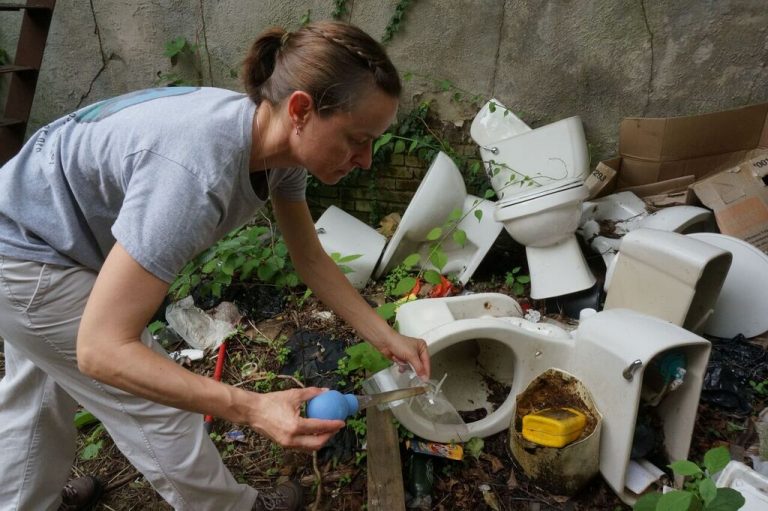Northwest leaders: coal export proposal deserves environmental review
This post contributed by Terence Houston, ESA Science Policy Analyst A proposal to develop new marine coal export terminals in Oregon and Washington, which could ship between 75 million and 175 million tons of Powder River Basin coal annually to Asia, has drawn concern from environmentalists in the region. The National Wildlife Federation and the Association of Northwest Steelheaders have…
